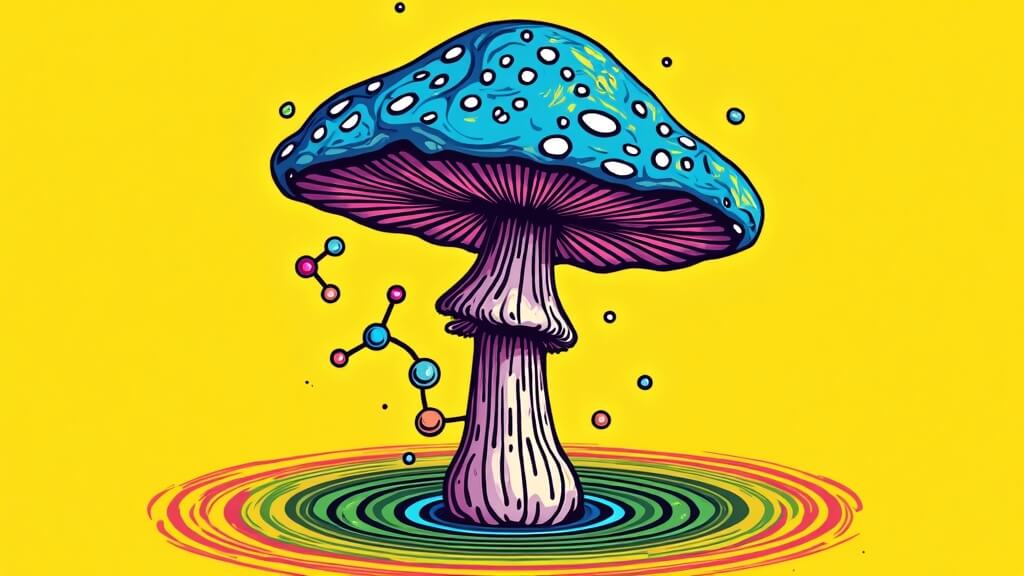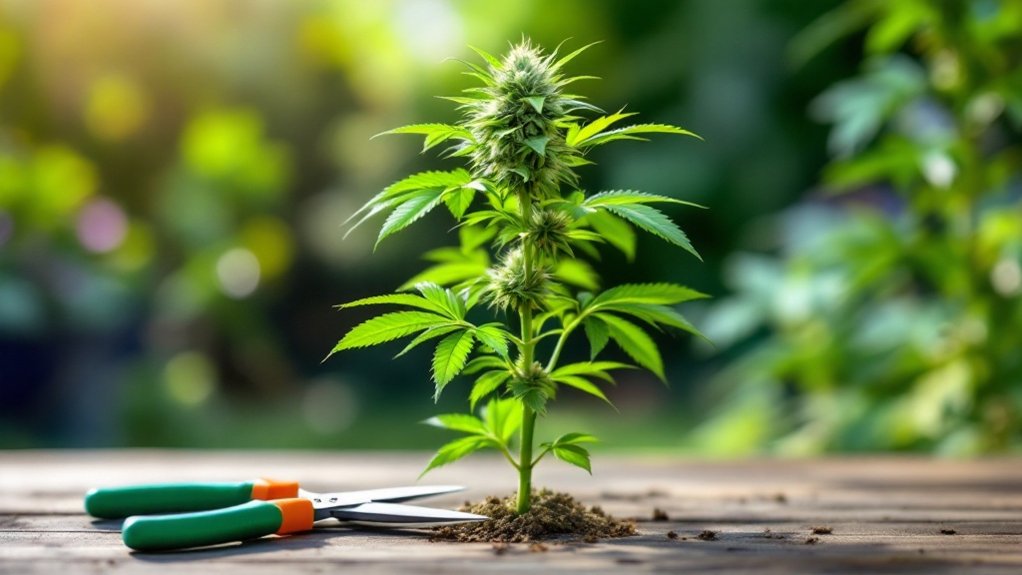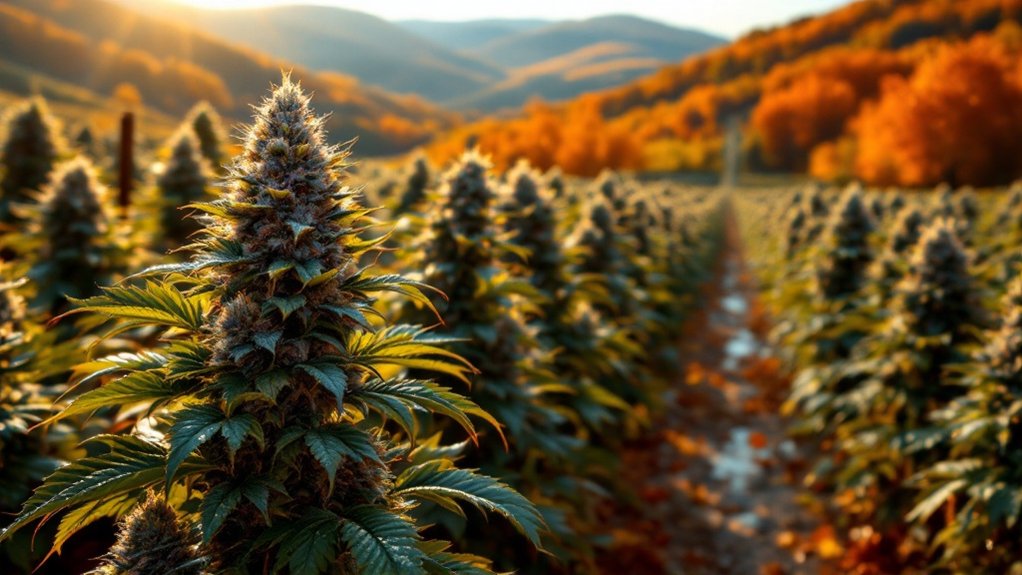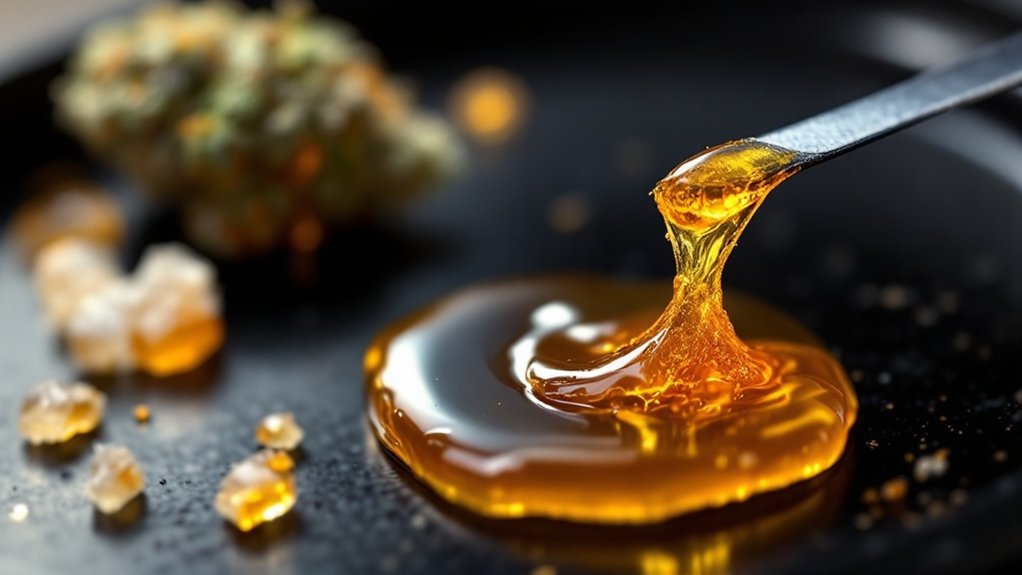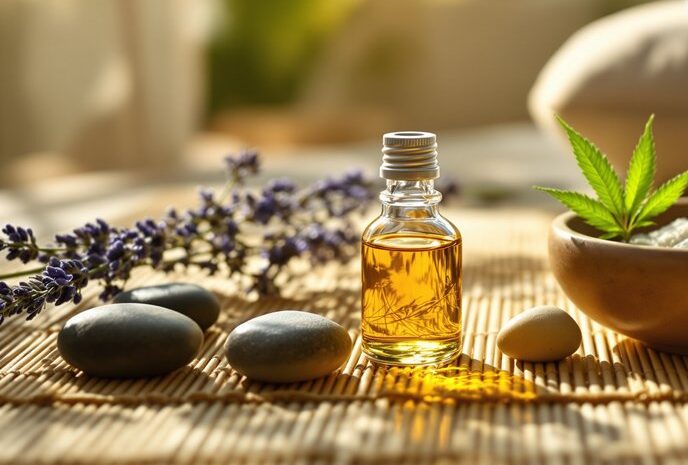Medical researchers are documenting a shift in cannabis consumption patterns across therapeutic communities nationwide. Users increasingly prioritize intentional application over recreational highs, transforming their relationship with the plant entirely. Studies reveal that mindful consumers report 40% better pain management outcomes compared to casual users. Sleep quality improvements reach 60% when specific strains target circadian rhythm disorders. The difference lies in deliberate dosing protocols and environmental preparation. This methodical approach challenges decades of stigma while revealing cannabis’s true medicinal potential. but implementation requires understanding several critical factors.
The Foundation of Mindful Cannabis Consumption

While recreational cannabis use often occurs spontaneously, mindful consumption operates on entirely different principles rooted in deliberate preparation and environmental awareness.
The foundation begins with intentional selection of distraction-free environments that enhance comfort and receptiveness to cannabis effects. Practitioners prepare their space, choosing ideal times that align with daily rhythms for increased control and predictability.
Setting clear intentions before consumption increases mindful engagement and outcomes notably. Users define desired results, whether stress relief, enhanced focus, or creative exploration, which guides strain selection and consumption methods. Reflecting on what is sought from the moment and what elements are needed to attain it deepens this intentional connection with the experience.
Purpose-driven rituals during preparation channel focus and reinforce mindful habits. This approach stands in stark contrast to impulsive use patterns.
Recording intentions and observations supports ongoing self-reflection, while combining cannabis with activities like yoga or meditation amplifies present-moment awareness and therapeutic benefits. The principle of start low ensures a controlled and measured approach to building a sustainable wellness practice.
Understanding the different properties of THC and CBD can significantly influence your mindful cannabis practice, as CBD-dominant formulations typically provide clarity without cognitive disruption while THC may increase distractibility.
Evidence-Based Health Benefits of Intentional Use
As researchers compile mounting evidence from clinical trials and observational studies, intentional cannabis use demonstrates measurable therapeutic benefits across multiple medical conditions. Chronic pain sufferers experienced an average 2.58-point reduction on a 10-point scale using CBD, with over 60% reducing other medications. The results speak volumes.
Clinical evidence reveals cannabis delivers quantifiable therapeutic outcomes, with chronic pain patients achieving significant symptom reduction while decreasing conventional medication dependence.
FDA-approved cannabinoid medications now control chemotherapy-induced nausea and rare seizure syndromes through purified CBD formulations. Clinical trials reveal anxiety symptom improvements across GAD, panic disorder, and PTSD.
Multiple sclerosis patients report reduced muscle spasms and enhanced sleep quality. Gastrointestinal conditions respond particularly well to cannabinoid intervention. Crohn’s disease patients showed improved quality of life scores in observational studies. Research indicates that cannabinoids can restore intestinal barrier integrity, prevent harmful microbial translocation, and maintain gut microbiota diversity.
Anti-inflammatory properties benefit arthritis and IBD sufferers alike. Cancer patients find relief from pain and intestinal distress during treatment protocols. Medical marijuana contains over 100 cannabinoids that work together to provide therapeutic effects beyond just THC and CBD.
Creating Synergy Between Cannabis and Mindfulness Practice

Beyond traditional meditation practices, the deliberate pairing of cannabis with mindfulness techniques creates a distinctive therapeutic approach that amplifies the benefits of both modalities.
Research indicates THC enhances sensory perception, making breath work and body scanning exercises more vivid and immersive. CBD-dominant strains reduce mental chatter that typically derails meditation sessions.
The endocannabinoid system facilitates present-moment awareness while minimizing intrusive thoughts. Users report stronger mind-body connections during mindful movement practices like yoga. For those struggling with sleep issues, incorporating CBN products before bedtime meditation can enhance the relaxation response and prepare the body for restorative rest.
Enhanced tactile and auditory sensitivity transforms routine activities, mindful eating becomes remarkably engaging when taste receptors are heightened. Specific terpene profiles further customize the mindfulness experience, with limonene supporting gratitude practices and linalool enhancing deep relaxation states.
This synergy proves particularly valuable for meditation newcomers who struggle with focus. The combination naturally reduces stress markers and emotional reactivity, creating ideal conditions for sustained attention and non-judgmental awareness. Cannabis provides grounding effects that emphasize awareness of breath and surroundings during meditation practice.
Supporting Emotional Wellness Through Conscious Consumption
How does timing and intention transform cannabis from recreational escape into therapeutic ally? Research reveals the endocannabinoid system acts as an emotional buffer in brain regions processing stress and anxiety.
THC decreases anxiety at low doses but increases it at higher amounts, while CBD consistently reduces anxiety across tested doses. The key lies in conscious dosage control and supportive environments.
Cannabis dosage control transforms therapeutic potential, low THC doses can calm anxiety while high amounts trigger it, unlike CBD’s consistent calming effects across all tested levels.
Individual temperament greatly influences outcomes. High-harm-avoidance users show weaker associations between their personality traits and negative mood when using marijuana mindfully.
However, novelty-seeking individuals combined with heavy use experience increased anxiety symptoms. Regular consumption leads to ECS downregulation, creating potential rebound effects when not using.
Context matters enormously, supportive social settings augment positive effects, while unfamiliar environments can trigger panic responses. In Texas, patients with qualifying conditions can access cannabis containing up to 1% THC through the state’s Compassionate Use Program. Medical cannabis users report a 64% reduction in opioid dependency, demonstrating how intentional therapeutic use can reduce reliance on conventional pain medications. The peak risk period for anxiety and depression occurs among late adolescents and early adults, making mindful cannabis use particularly crucial during these vulnerable years.
Optimizing Sleep, Stress Relief, and Creative Growth

While recreational users often stumble into cannabis’s therapeutic benefits by accident, intentional consumers are discovering precise protocols that transform their relationship with sleep, stress, and creativity.
Laboratory studies reveal medicinal cannabis oil combining THC and CBD increased light sleep by 21 minutes nightly while improving sleep quality by 80%. Higher CBD concentrations particularly benefit older users’ sleep efficiency and duration.
Timing proves critical for optimization. Cannabis consumed 1-2 hours before bedtime decreases sleep onset without next-day grogginess, while edibles consistently underperform compared to inhaled forms. Users report feeling more refreshed and focused in the morning after cannabis use compared to conventional sleep aids. Those using sublingual products may experience faster relief within 15-45 minutes, making them potentially more effective for addressing immediate sleep issues.
For stress relief, acute use through the endocannabinoid system delivers perceived benefits, though chronic consumption breeds tolerance. Research shows current cannabis users develop heightened expectations of sleep improvement, yet actual sleep quality outcomes often fall short of these anticipated benefits.
Creative applications show mixed results. Low-moderate doses enhance divergent thinking temporarily, but excessive use impairs focus and working memory long-term.


